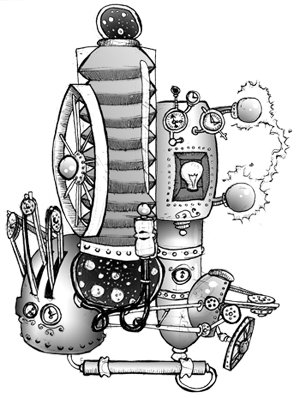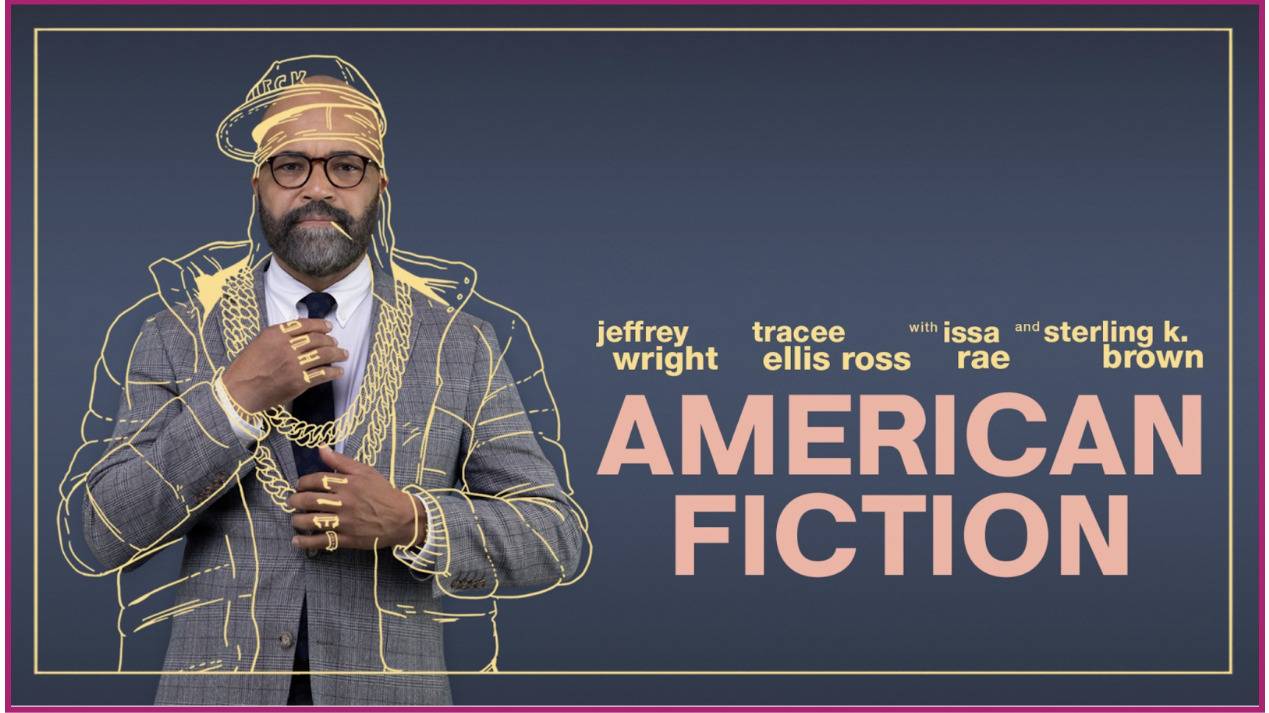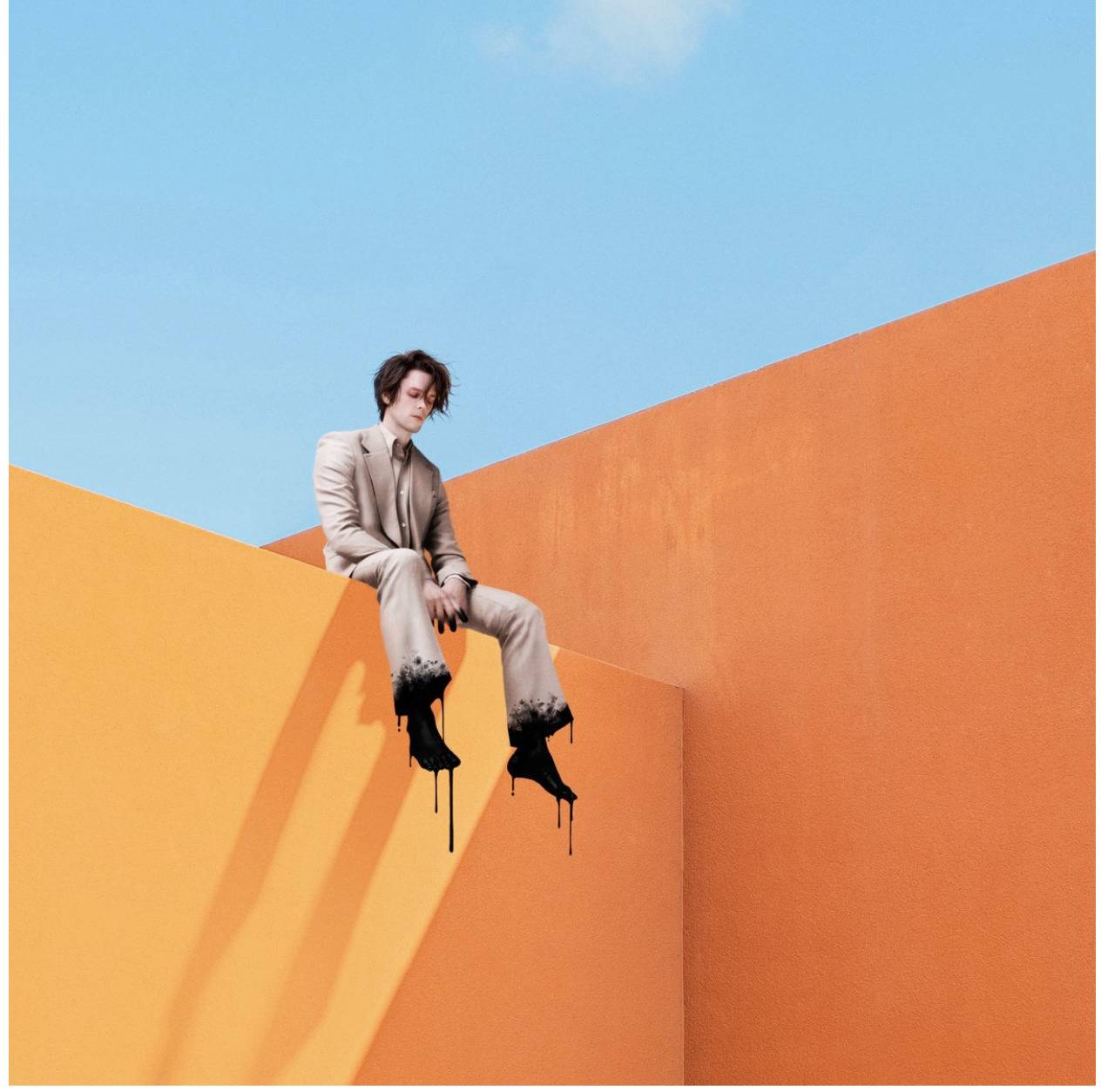By Eli Ungar
Being a time-based artist in today’s world is both exciting and daunting. In this ever-expanding digital world, the possibilities are virtually endless. Nevertheless, we still hear people arguing over the benefits and drawbacks of film and video. There are three main camps of opinion. First are the purists who believe that film is better than video in every way. Next come the digital evangelists, who believe that film is a dead and obsolete technology not to be bothered with anymore. Finally, we have the hybridists who argue that an artist’s choice of medium should be dictated by the content of their project. I will examine all of these positions from the perspective of the art student interested in narrative filmmaking.
The purist argues that there is no video format, including HD, that can match film in terms of image quality. I recently attended a screening at SMS Productions in which we were shown a number of different formats projected side by side. Included in the line-up were some of Panasonic’s brand new HD cameras. These video cameras represent the latest in digital technology and they were remarkable in that they had the ability to capture at higher than standard frame-rates in order to achieve beautiful, filmic, slow-motion effects. Despite their astonishing clarity, when these cameras were set to the task of capturing a marathon on a mountain road, a scene with extreme amounts of contrast difference, these $100,000 cameras were reduced to looking like mere camcorders!
One of the great technical differences between film and video is that of contrast ratio. The human eye can see about 800:1, film can capture 256:1 and video can only do about 30:1. The technical disparity goes beyond this simple fact. The method of image capture is fundamentally different in these two media. With film, the image is captured on an array of silver halide crystals that are arranged randomly in every frame. The camera captures and we are subsequently presented 24 of those frames-per-second when we watch the film projected. In video, on the other hand, there is an image sensor (usually some variety of CCD) that captures light on a grid of X and Y coordinates at 29.97 frames per second (PAL runs at 25 f.p.s.). What this means is that film is actually presenting us with more information per second than video, despite its lower frame rate. This is because each frame has a different array of silver halide that is representing the scene in a slightly different way, whereas, with the sensor grid system, the light is hitting the same array every time.
Furthermore, film offers a shallow depth of field that is useful for focusing the audience’s attention. This advantage comes from the relatively large plane of capture that film has over video, though there is nothing, in theory, stopping video camera manufacturers from making their image sensors larger and thus eliminating this inherent weakness.
The digital evangelist would jump in at this point and point out a particularly important factor to any student: the monetary equation. For a mere five dollars, you can buy 60 minutes of DV quality tape. Sixty minutes of 16 mm film will run at least in the range of five hundred dollars, when lab costs and shipping are taken into account. Furthermore, you save time shooting on video, because there’s no turn-around time for the material. You can immediately review images that were shot, while you’re still on set to make sure that everything is okay. In addition, the evangelist will argue, the quality of even standard definition video is beginning to approach that of 16 mm film and it is important to point out that 16 mm film has horrible sound. There is no debate that DV beats 16 mm on this front. And then, of course, there is the convenience of editing at home on your computer.
This is where the hybridist would step in and argue that the way I’ve framed the discussion misses the point. She would say, that the time for the High Modernist, medium specificity argument has passed. We live in a postmodern world in which you can, and should, move back and forth between different media based not on some sort of objective aesthetic choice, but rather on the content and needs of the project. If the project calls for the gritty and immediate aesthetic of video, use it. If it calls for the beauty and tradition of the film look, use that.
I would respectfully respond to this approach by saying that in an ideal world, with unlimited funds, obviously, the hybridist is right. But telling a student something like that (as I have heard many times from my teachers at SAIC) is kind of like telling us that the type of transportation we use to get to school should be based on the occasion. Usually the El does the trick, but for graduation, it would probably be better to drive up in a Porsche. The hybridist misses the point that we can’t necessarily afford the Porsche, even though it would be “more appropriate.”
It is hard to deny that film beats even the best available video in terms of image quality by a comfortable, if ever shrinking, margin. But the economic situation that many students find themselves in makes shooting film a very difficult proposition. Many of us are taking out loans just to keep our heads above water before these expenses even come into the equation. I believe that there is great value in learning how to shoot film and I have personally not chosen between the two media, but I’m in a better economic position than many of my colleagues and I can afford to make that decision. I should mention in closing that in non-narrative, non-documentary types of filmmaking the financial equations are different. Indeed, I’ve found that film lends itself much more readily to experiments with the basic fundamentals of perception, because there is a certain combination in film of mechanical simplicity and presentation flexibility that allows for this sort of experimentation. Nevertheless, it seems less and less likely that student filmmakers will be shooting film for very much longer, because at the end of the day, convenience and affordability will always win out over quality.
Illustration by Russ Gottwaldt
December 2004






















